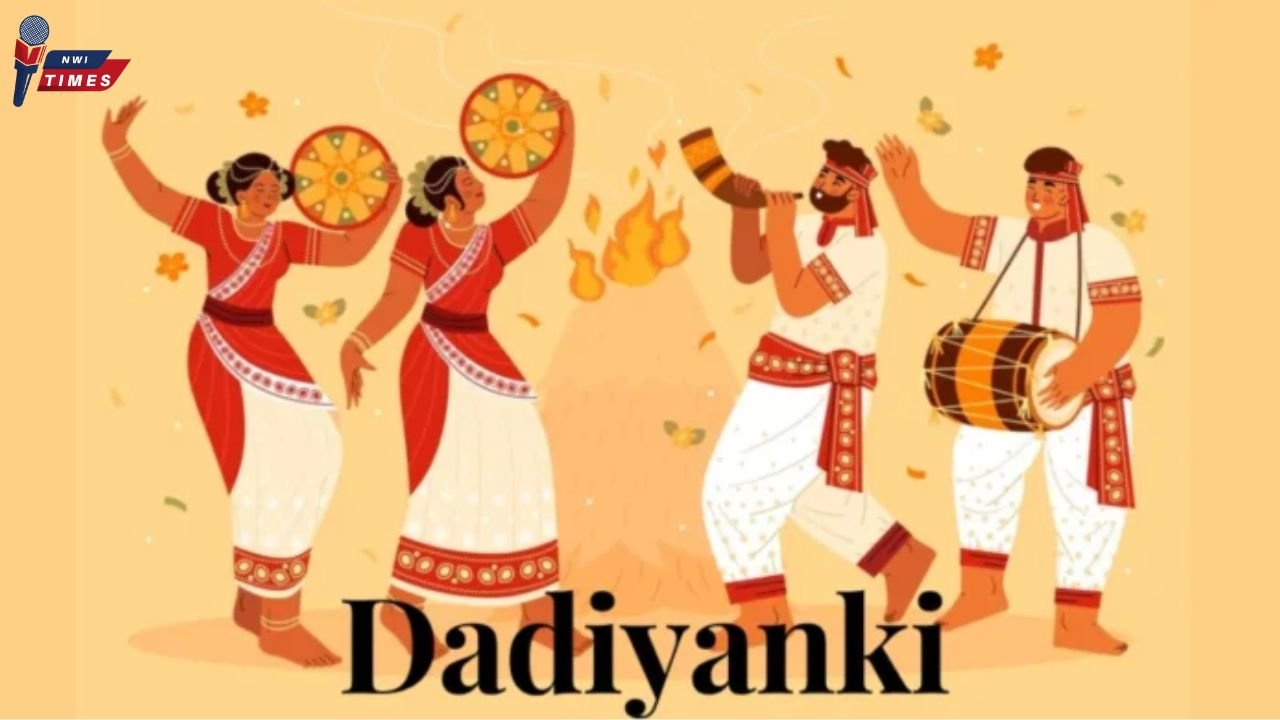“Dadiyanki” is a word that may not be commonly known or recognized by many people. To understand “dadiyanki,” we need to first break it down and investigate its meaning, origins, and use. Some may assume it relates to traditional or cultural aspects, but the term requires more research to fully grasp its significance.
Whether it is a concept, item, or practice, “dadiyanki” could belong to a cultural tradition or have historical roots. Researching its history or speaking to those who use the term in their language or practices would give a clearer understanding. But at its core, the importance of dadiyanki is tied to its context, whether related to a group, community, or historical background.
How Does Dadiyanki Play a Role in Culture?
In cultures across the world, certain objects or terms carry more significance than just their appearance or meaning. “Dadiyanki” may be one of these terms. Depending on where it comes from, it could be something that is passed down from one generation to another. Cultural practices often include items, words, or traditions that hold value beyond their surface level.
Dadiyanki could be related to something that carries deep meaning, such as a symbol for unity, family, or respect in a community. The word itself might change meaning depending on the region or the people who use it. People often use these kinds of cultural items or terms during special events, ceremonies, or festivals, showing their importance. If dadiyanki represents something like this, it holds a place of honor within that culture.
How Does Dadiyanki Compare to Other Traditions?
When we think about traditional objects or words like dadiyanki, it’s helpful to compare them with other cultural practices. For example, in some cultures, objects like pottery, clothes, or tools have historical and spiritual significance. They are used in rituals, passed down as heirlooms, or represent milestones in a person’s life.
Dadiyanki might serve a similar purpose. In many communities, objects like a family heirloom, a traditional instrument, or a sacred symbol are treasured for their history. These items are often treated with care and respect, and those who inherit them learn about their meaning. Dadiyanki could be one of those items that serve as a bridge between the past and the present. Its value may increase as it is passed down through the generations.
Is Dadiyanki a Symbol of Family or Heritage?
Some terms, like dadiyanki, might symbolize something more than just an object or practice. It could represent family, heritage, or tradition. In many cultures, items or traditions that are passed down from parents to children are not just physical things; they carry the essence of the family’s history.
If dadiyanki is used this way, it likely holds memories, stories, and meaning for each generation. It could be something that bonds people together, like a symbol of belonging or connection to one’s roots. Family heritage is a strong concept in many societies, and objects like dadiyanki might play a key role in keeping that heritage alive. People who have access to these cultural items or traditions feel a sense of responsibility to preserve them and pass them on to future generations.
Can Dadiyanki Teach Us About History?
If dadiyanki has historical significance, it could provide valuable lessons about the past. Many cultures have artifacts that help historians and anthropologists understand how people lived, what they believed in, and how they interacted with their environment. Dadiyanki could be one of those cultural markers that helps us understand the past.
Objects and terms like dadiyanki often hold the key to unlocking the history of a people, offering clues about their values, traditions, and way of life. Historians often study items like this to see what materials were used, how they were made, and in what context they were used. This can help us form a picture of ancient societies and their customs. Whether it’s related to art, agriculture, or spirituality, dadiyanki might hold the secret to a deeper understanding of a culture’s history.
Why is Dadiyanki Important Today?
Even if dadiyanki is an old term or tradition, it could still be relevant in modern times. Many people are working to keep their traditions and cultural practices alive despite modernization and globalization. Cultural terms or objects like dadiyanki may be used as a way to preserve a sense of identity in a changing world.
Today, with so much focus on technology and innovation, it’s easy to forget about the things that connect us to our roots. People may feel disconnected from their cultural heritage as the world moves forward. But by holding onto things like dadiyanki, they keep a part of their history alive. Dadiyanki might represent the resilience of a culture, showing how traditions can survive and adapt to modern times while keeping their core values intact.
How Can People Learn More About Dadiyanki?
For people who are unfamiliar with dadiyanki, there are many ways to learn more about it. Research is a good starting point, but sometimes the best way to understand a cultural tradition is by talking to people who are part of that culture. They can provide first-hand information about what dadiyanki means to them and how it plays a role in their lives.
Communities that cherish dadiyanki might have specific ways of teaching others about its value. Museums, cultural centers, and educational programs often include exhibits or discussions about cultural traditions like dadiyanki. These can be good opportunities for people to gain insight and learn the history, meaning, and practice surrounding dadiyanki.
Does Dadiyanki Have Any Modern Applications?
While dadiyanki may be rooted in the past, it could have applications in today’s world as well. Many traditional practices or objects have found new life in modern times. For example, traditional arts and crafts are often revived and appreciated by new generations. Similarly, dadiyanki could be used in ways that fit with contemporary life.
Modern applications of dadiyanki might include artistic interpretations, educational uses, or even commercial uses if the object or term has widespread appeal. People may start using it in new ways that blend tradition with modernity, creating a new role for dadiyanki in today’s society. Whether it’s through art, education, or personal practice, dadiyanki can still find relevance in modern life.
Benefits of Preserving Dadiyanki
| Benefits | Description |
| Preservation of Culture | Helps keep cultural traditions alive for future generations. |
| Connection to Heritage | Gives people a sense of belonging and connection to their family or culture. |
| Educational Value | Offers valuable lessons about history, art, and traditional practices. |
| Community Unity | Strengthens bonds within a community through shared customs or objects. |
| Continuity Through Generations | Passes down knowledge and values from one generation to the next. |
Conclusion: Why Should Dadiyanki Matter?
In conclusion, dadiyanki may seem like a simple term, but its significance can go much deeper depending on its cultural and historical background. Whether it represents an object, tradition, or concept, dadiyanki could play a key role in preserving a people’s identity. It acts as a bridge between the past and the present, reminding people of where they come from and helping them carry their heritage into the future.
By learning about and preserving dadiyanki, people can stay connected to their roots. Dadiyanki is more than just a word; it’s a reminder of the importance of tradition, family, and history in shaping who we are today.



